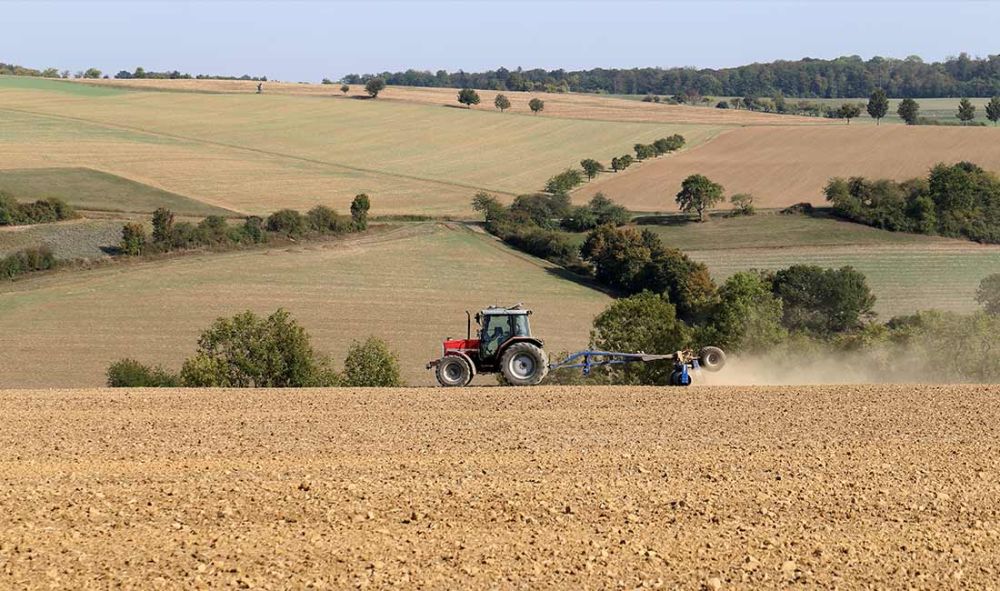Can England Feed Itself? Part 2

| W.E.U Admin | News
TAGS: Agriculture, England
The journey toward food self-sufficiency in England is challenging but achievable. By restructuring land use, rethinking diets, embracing technology, and eliminating waste, research indicates that England could produce over 80% of its food needs domestically—even if completely cut off from global markets. For a deeper dive, see Part Two: Can England Feed Itself?.
1. Land Use Rebalancing
Reallocate land from low-efficiency livestock farming to high-yield plant crops. A shift of 5 million hectares to mixed crops (wheat, potatoes, pulses, vegetables) could yield over 20 trillion kcal/year—nearly half of England’s annual requirements.
- Wheat
- Potatoes
- Pulses (e.g., lentils, peas)
- Vegetables
A diversified cropping system ensures nutritional balance and resilience against pests, weather, and market fluctuations.
2. Rethink Livestock: Prioritise Plants
- Beef is land- and water-intensive (≈15 000 L water per kg beef) with minimal calorie return.
- Shift toward poultry, eggs, aquaculture*, and plant-based proteins (legumes, nuts, insects).
- Maintain some livestock via regenerative grazing, silvopasture, or rotational systems on land unsuitable for cropping.
*See more on aquaculture definition.
3. Urban & Vertical Farming
With ~500 000 ha of urban land, converting just 1% (~5 000 ha) to vertical farms could supply fresh vegetables for 15 million people year-round. Benefits of high-efficiency vertical farms:
- 90% less water use
- No pesticides
- Up to 20× yield per m² versus conventional farming
Rooftops, basements, and industrial parks can become an integrated urban food network.
4. Slash Food Waste
Recovering just 50% of the UK’s 9.5 million tonnes of annual food waste could feed over 20 million people. Key actions:
- Smart logistics and cold chains
- Retail reforms for clear “sell-by” transparency
- Public education campaigns
- Surplus redistribution networks
Waste reduction is an immediate boost to food availability without requiring extra land.
5. Change Dietary Intake
Adjusting diets can reduce land pressure and improve health:
- <98 g red meat/week
- >200 g vegetables/day
- More legumes, grains, and fruit
- Less processed food and sugar
If half the population adopts this, England could free up millions of hectares and lessen the NHS burden. It’s about reducing excess, not full veganism.
6. Resilience through Policy & Innovation
A resilient, self-sufficient England needs:
- Agri-tech: Robotics, AI, drones, precision farming.
- Local food systems: Farmers’ markets, regional hubs, co-operatives.
- Seed sovereignty: Preserve climate-resilient varieties.
- Strategic reserves: Domestic processing and food stocks.
- Public education: Nutrition, seasonality, cooking skills.
These require investment and political will; but the alternative is over-reliance on cheap imports.
Conclusion
England currently struggles to feed itself due to high import dependence. However, with:
- Better land allocation
- Revised livestock practices
- More vegetables and grains
- Reduced waste
- Urban farming
- Technological innovation
England can close the gap, strengthen national resilience, and model a sustainable food future—provided the political will and public support are mobilised.
“We have the land. We have the knowledge. We must find the urgency. What is missing is the political will and the public understanding to demand it.”
—Stephen Morris, General Secretary of the Workers of England Union
Previous Post: Can England Feed Itself? (Part One)
Next Post: Part Two—Can England Feed Itself?
workersofengland.co.uk | Independent Workers Trade Union





